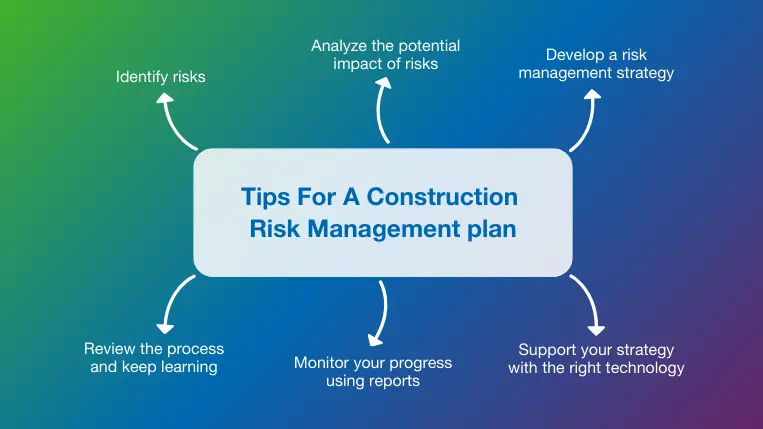Why Organizations Should Prioritize the Importance of Risk Management Now More Than Ever
Why Organizations Should Prioritize the Importance of Risk Management Now More Than Ever
Blog Article
Comprehending the Value of Risk Management in Business Success and Sustainability
In today's ever-evolving business landscape, the value of Risk Management can not be underrated. It stands as a crucial pillar, strengthening organization success and sustainability in the middle of a sea of uncertainties. By identifying and alleviating potential threats, organizations protect their capital, foster resilience, and improve public trust fund. Equally, it leads the way for advancement and growth. Let's unbox this complex subject, checking out exactly how aggressive Risk Management adds to the longevity and success of organizations.
The Idea of Risk Management in Business
Risk Management, a basic facet of business procedures, carries a significant weight in the success or failure of a firm. It includes identifying, assessing, and controlling risks to a company's funding and incomes. These threats, called as dangers, could stem from a range of sources including economic uncertainties, lawful liabilities, tactical Management errors, mishaps, and natural catastrophes. Services employ Risk Management procedures to reduce the unfavorable impacts of these risks. It is a methodical strategy that leads the way for notified decision-making, making certain monetary stability and sustainability. The principle of Risk Management is not an assurance versus Risk, yet rather an essential device that promotes functional performance and durability in face of changability.
Secret Aspects of a Robust Risk Management Strategy
Identification of potential risks is the main action, complied with by a thorough evaluation of these dangers. After understanding the gravity of the dangers, appropriate measures should be prepared for Risk mitigation. A reliable Risk Management approach also entails continuous tracking and evaluation of the identified dangers and the effectiveness of the control steps.
How Risk Management Adds To Organization Success

Case Studies: Successful Risk Management in Practice

Future Patterns in Risk Management and Their Implications for Organizations
As the global organization landscape continues to evolve, so as well does the field of Risk Management. Future fads recommend a shift in the direction of positive rather than reactive techniques, with companies significantly seeking to identify and minimize dangers prior to they occur. The consolidation of modern technology, especially AI and huge information analytics, will play a pivotal role in this makeover. These tools can provide real-time insights, enabling swift and informed decision-making. Environmental, social, and administration (ESG) threats are projected to increase in prestige, showing a growing societal problem for sustainability. Organizations that adjust to these patterns and integrate them into their Risk Management approaches will likely be better outfitted for success and sustainability in the unclear future.

Verdict
In verdict, comprehending the importance of Risk Management is essential for business sustainability and success. Aggressive identification, evaluation, and mitigation of prospective threats not just safeguards funding and profits, yet additionally fosters resilience. Effective Risk Management techniques enhance functional efficiency, consumer depend on, and innovation. With real-world study and future trends, it appears that a robust strategy to risk Management is vital in browsing today's complicated business environment. this hyperlink
Businesses utilize Risk Management procedures to mitigate the negative results of these dangers. The concept of Risk Management is not a guarantee versus Risk, however rather a crucial tool that advertises operational effectiveness and strength in face of unpredictability.
Recognition of prospective dangers is the main step, complied with by a thorough analysis of these dangers (importance of risk management). After comprehending the gravity of the risks, appropriate steps ought to be planned for Risk reduction. A reliable Risk Management technique also includes continuous tracking and evaluation of the determined dangers and the performance of the control steps
Report this page